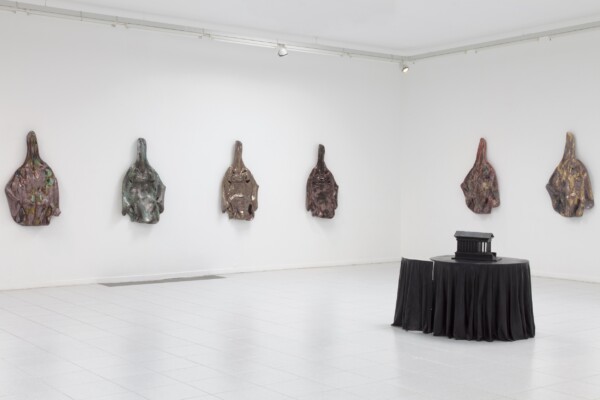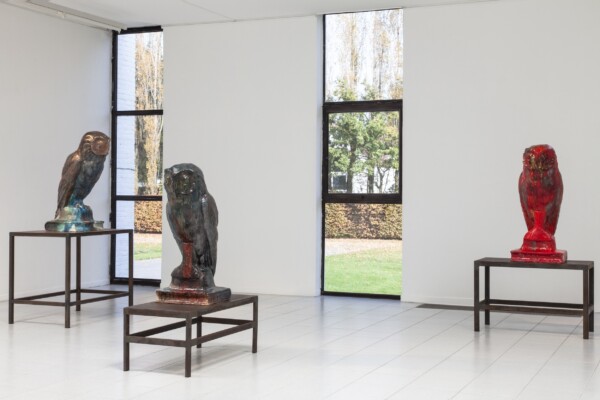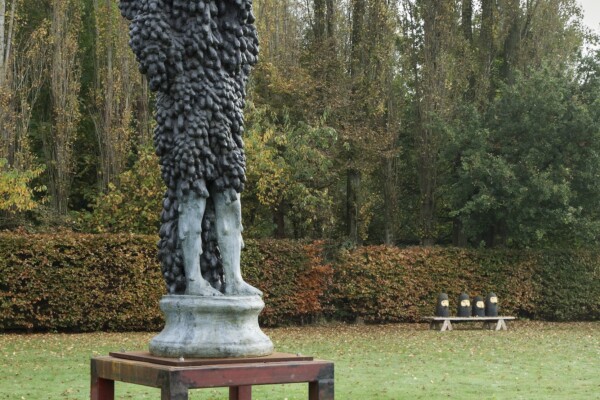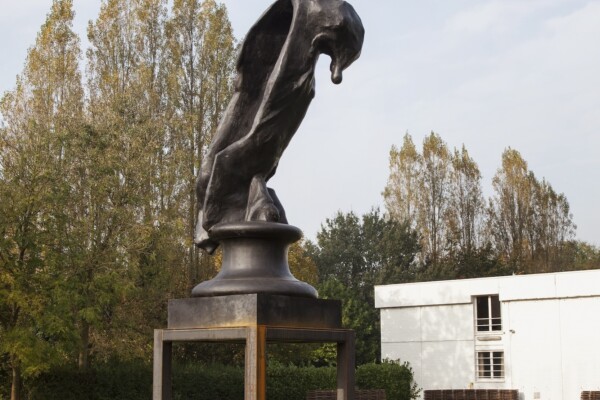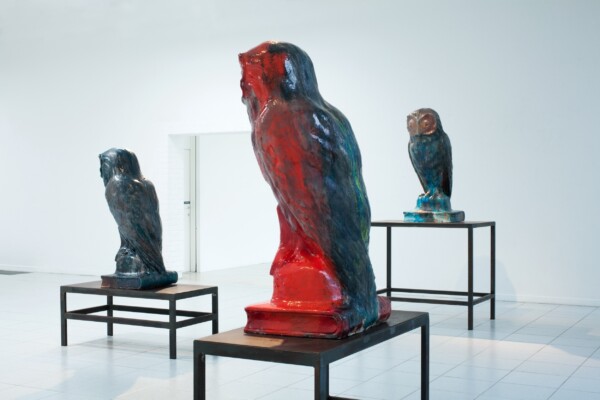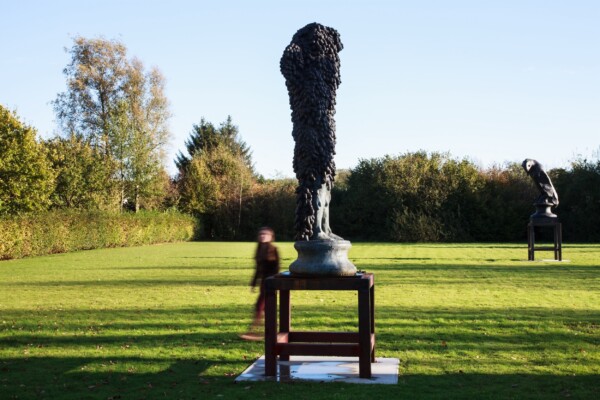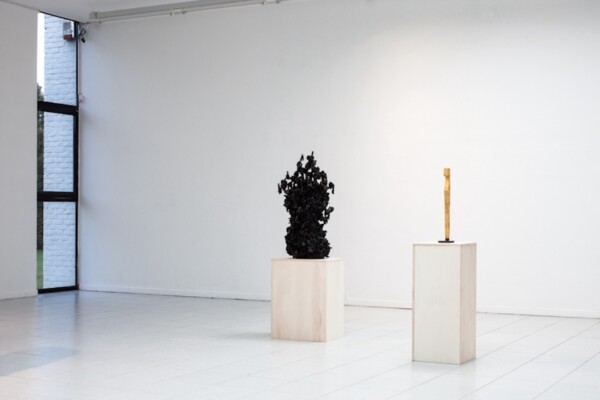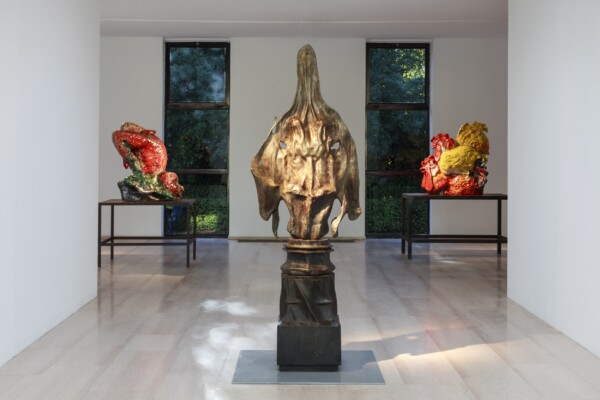Johan Creten
Fire-Works
Johan Creten has been receiving international recognition for over two decades. He was the first living Belgian artist to exhibit at the Louvre in Paris. The artist worked with MDD to create the exhibition Fire-Works, which features a dialogue between very recent and older sculptures in bronze and glazed ceramics, using both the garden and the interior spaces of the museum.
The work of Johan Creten is full of double meanings, suggestions, and symbolic references. His work stands resolutely against the typically twentieth-century modernist idea of progress in art, including through the use of historically charged motifs, tactile materials, and sensual forms. At the same time, Creten places himself firmly in the present with sensitive references to racism, discrimination, and social revolutions. Very different storylines can be spun between his sculptures, which means that each exhibition appeals to the imagination of the viewer.
An exhibition by Johan Creten can be considered a Wunderkammer or curiosity cabinet - the collection of the humanist - where beauty, strangeness, and peculiarity are combined. It is a microcosm that embodies the subjective view of the artist on the world and its history. The animals that inhabit Creten’s world evoke different symbolic and metaphorical meanings for the viewer, such as bees standing for community, owls for intelligence (or the lack thereof), eagles for power, and octopuses for the fairytale underworld. What fascinates Creten, however, is how he can charge these motifs with new meanings, using erotic, art historical, or personal connotations, and how he can simultaneously transform a particular image into a compelling form and material.
In his work, Creten often explores themes of sexuality, gender, and identity. His sculptures are often sensual and provocative, and they often challenge traditional notions of beauty and perfection. Creten is also interested in the relationship between art and nature, and he often incorporates natural elements into his work. His sculptures are often made from organic materials such as clay, wood, and stone, and they often reference the natural world in their forms and motifs.
Creten’s work is challenging and thought-provoking, and it has had a significant impact on contemporary art. He is considered one of the most important artists working today, and his work is exhibited in museums and galleries around the world.
